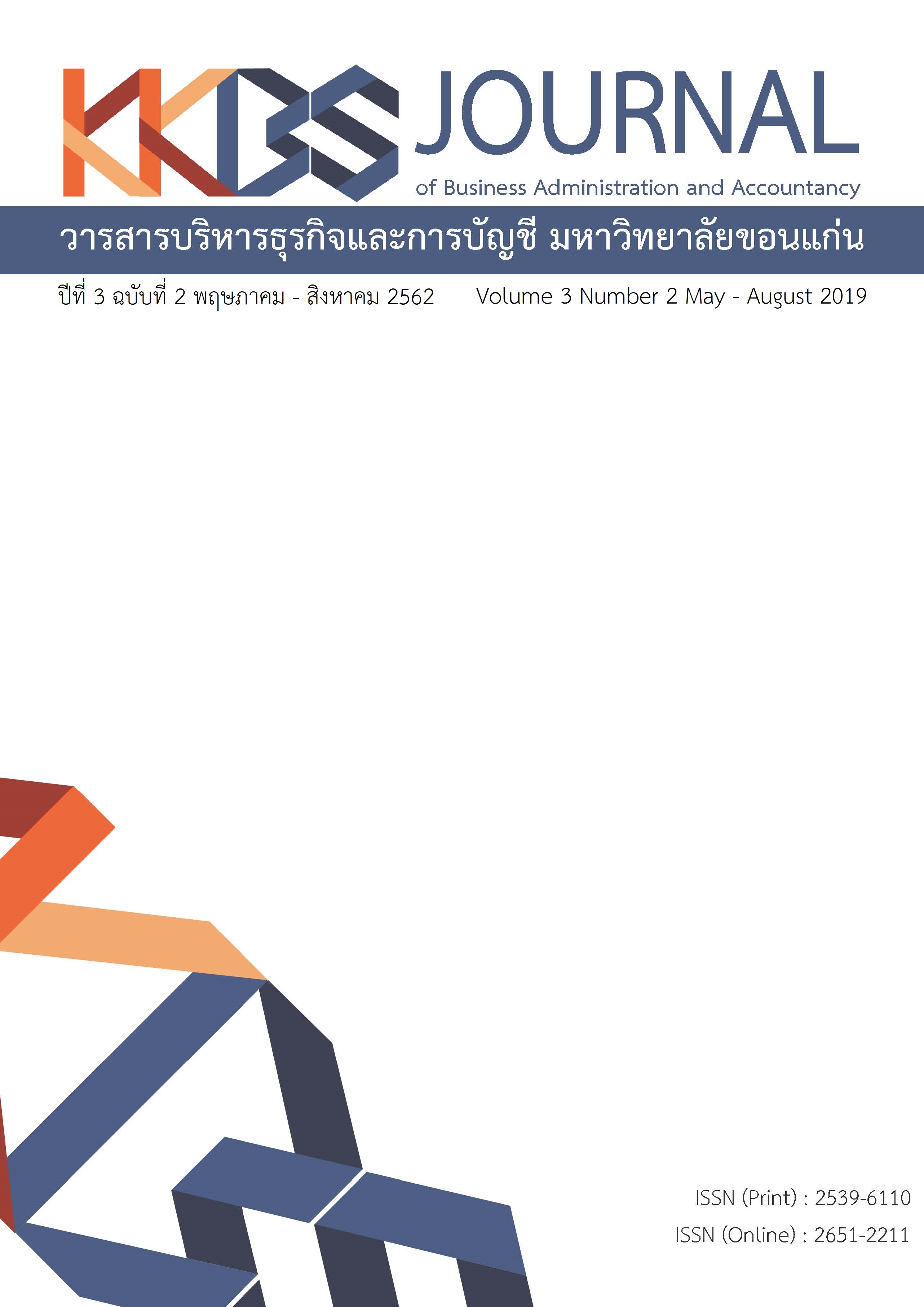The Influence of Organization Competency and Organization Management Behavior on Effectiveness in Preventing and Suppressing Human Trafficking of Lampang Provincial Police Division
Main Article Content
Abstract
The purpose of the research was to study the influence of organizational competencies and organizational management behaviors on effectiveness in preventing and suppressing human trafficking of the Lampang Provincial Police Division. The sample was 375 police officers under the Lampang Provincial Police Division. The instrument was a questionnaire. Influence analyzed using the structural equation analysis method. The results concluded that the research hypotheses model is consistent with empirical data that statistical values χ2=83.097, df=65, p =.065, χ2/df= 1.278, GFI=.973, and RMSEA=.027. The influence between variables in the model as follows: 1) Organizational competency had a direct positive influence on effectiveness in preventing and suppressing human trafficking with an influence coefficient of 0.64 and had an indirect positive influence on effectiveness in preventing and suppressing human trafficking with an influence coefficient of 0.21. 2) Organizational management behavior had a direct positive influence on effectiveness in preventing and suppressing human trafficking with an influence coefficient of 0.27.
Article Details
The articles published in the journals are the authors' opinions, not the opinion of the editorial team or administrative staff. The articles published is copyright of the Journal of Business Administration and Accounting, Khon Kaen University.
References
Brown, M. & Cudek, R. (1992). Alternative ways of assessing model fit. In K.A. Bollen, J.S. Ling (Eds.). Testing structural equation models. Beverly Hill, CA: Sage.
Byrne, B.M. (2001). Structural equation modeling with AMOS basic concept, application, and programming. Upper Saddle River, NJ.: Lawrence Erlbaum Associate.
Chaengjanya, W. (2014). Administration in the suppression of human trafficking by the Sub-Division 2 of Anti-Trafficking in Persons Division, The Royal Thai Police. Master of Public Administration. College of Public Administration, Burapa University. (In Thai)
Chandarasorn, V. (2013). Theory of public policy implementation. 6th ed. Bangkok: Prigwhan. (In Thai)
Cronbach, L.J. (1951). Coefficient alpha and the internal structure of tests. Psychometrika, 16(3), 297-334.
Drucker, P.F. (1999). Management challenges for the 21st Century. New York: Harper Business.
Dubrin, A.J. & Ireland, R.D. (1993). Management and organization. 2nd ed. Ohio: South-Western.
Ekkaphan S., Phadungchai, N. & Sakdiraphongpong, C. (2013). Problems and obstacles of police officers in preventing and suppressing human trafficking according to the Anti-Human Trafficking BE 2551 case study of Provincial Police Ubon Ratchathani. Journal of Nakhon Phanom University, 3(1), 79-85. (In Thai)
Follett, M.P. (1977). Dynamic administration. New Jersey: Clifton.
Kline, R.B. (2005). Principle and practice of structural equation modeling. New York: Guilford.
Ministry of Social Development and Human Security. (2010). Policy, strategy and measures to prevent and suppress human trafficking (2011-2016). Bangkok: National Center for Prevention and Suppression of Human Trafficking. (In Thai)
Office of the Under Secretary for Civilian Security, Democracy, and Human Rights. (2015). Trafficking in-person report in July 2015. Arlington, VA.: U.S. Department of State Publication.
Santad, P. & Ratchadaphannathikun, C. (2014). Police administration in the prevention and suppression of human trafficking in the Metropolitan Police Station. Journal of Justice, 7(1), 1-15. (In Thai)
Serirat, S. & Hirankitti, S. (2002). Organization and Management. Bangkok: Dhammasan. (In Thai)
Stevens, J. (1986). Applied multivariate statistics for the social sciences. Hillsdale, NJ.: Lawrence Erlbaum Associates.
Schumacker, R.E. & Lomax, R.G. (2004). A Beginner's Guide to Structural Equation Modeling. 2nd ed. New Jersey: Lawrence Erlbaum Associates.
The Office of the Permanent Secretary for Social Development and Human Security. (2017). Report of the study, the creation, and development of the working process of a network to solve the problem of human trafficking that victims are children and women in Thailand. Bangkok: Grate Good Creation. (In Thai)
The Royal Thai Police. (2016). Annual government policy in 2016. Search from https://www.royalthaipolice.go.th/downloads/plan60new.pdf on 12 October 2017.
Yahakorn, S. (2015). Human trafficking in Thailand. Journal of Sukhothai Thammathirat Open University, 5(2), 106-118. (In Thai)
Yingretra, P. & Nirathorn, N. (2015). Problems and limitations in the process of protection of human trafficking victims. Academic conference and presentation of the 6th national and international research. Thammasat University. (In Thai)


